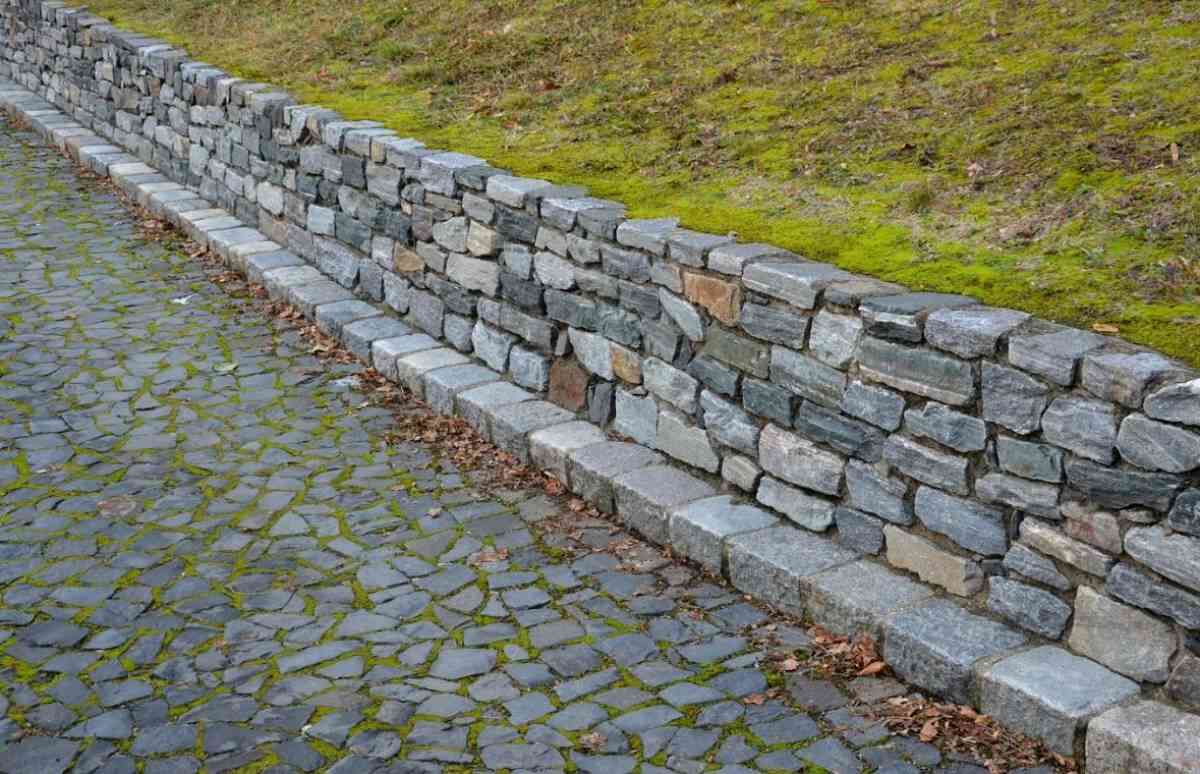Everything You Need To Know About Building Retaining Walls For Your Home
- - Category: Constrution
- - 24 May, 2023
- - Views: 261
- Save

Here's what you need to know about building a retaining wall.
Retaining walls are a great way to add structure, definition, and an attractive feature to your home’s outdoor space. Whether you’re looking to level out a sloping lawn, hold back soil or simply create a decorative border, learning how to build a retaining wall is an important skill for any homeowner. Let’s break down what you need to know about building retaining walls.
What is a Retaining Wall?
A retaining wall is a structure that holds back the earth, preventing it from moving or eroding away. It is typically used when there is an incline in the land, such as on hillsides or next to driveways. These walls are usually made of concrete, wood, stone, or other materials and are engineered to be strong enough to hold back the weight of the soil behind them.
Why Build a Retaining Wall?
Retaining walls look great and can serve an important purpose on your property. They help control erosion and water runoff, as well as provide support for hilly or sloped land. Great for residential and commercial properties, these structures are also useful in controlling water flow during heavy rainfalls. Additionally, they can act as barriers between different areas of your yard or garden and help keep soil from eroding away over time.
Planning is Key
When it comes to building retaining walls, planning is key. Start by measuring the area where the wall will be built and considering the slope of the land. Retaining walls should often be built at angles that mirror the angles of the land they’re holding back; this will help prevent water drainage issues later on down the road. Make sure you have all necessary permits before starting construction; local regulations vary by location, so contact your city hall for more information on what’s required.
Materials Needed
The most common materials used in building retaining walls are concrete blocks, stone, boulders, and mortar stone. Concrete blocks are durable and easy to use— they also come in a variety of shapes and sizes, so you can find one that fits your style and budget needs. If you want a more natural look, consider using stone or boulders; these materials come in all shapes and sizes too but require more manual labor since each piece must be set individually into place using mortar. Whichever material you choose, make sure it’s rated for heavy loads so that it can withstand the pressure from the soil behind it without shifting or collapsing over time.
Planning Your Wall
You’ll need to decide how long and high the wall will be, where it should go, and what type of materials you’ll use. You should also consider drainage; because the wall is designed to keep soil in place, you must ensure that water doesn’t get trapped behind it. If necessary, you may need to install a drain system at the base of the wall.
Consider Drainage Issues
When building any type of retaining wall, drainage is essential for preventing long-term damage caused by erosion or water buildup behind the wall itself. To ensure proper drainage, start by creating small trenches along either side of the planned wall location as well as at its base if needed; these trenches should help divert water away from your home’s foundation while also preventing pooling behind the wall itself which could lead to structural issues over time. Other helpful tips include making sure there are no trees near your planned wall location (roots may damage your foundation) and adding gravel fill behind it when completed (this will help absorb excess moisture).
Preparing the Site
Once you have an idea of what you want your retaining wall to look like, you can start preparing the site for construction. This includes removing any existing vegetation from the area where the wall will be built and excavating any rocks or debris that could impede construction. Depending on your plans, you may also need to level off part of the slope before beginning work on the retaining wall itself.
Building The Wall
Now comes the fun part — actually constructing your retaining wall! Depending on what material you use (e.g., wood, stone, concrete), this process will vary slightly. Generally speaking, though, most walls are constructed by laying down a base layer of gravel or crushed stone and then stacking blocks or stones one on top of another until they reach your desired height. You should also make sure to include a drainage system at the bottom of your wall if necessary. Once all this is done and the blocks are secured in place with mortar or concrete, your new wall is ready for use!
Building a retaining wall can add structure, definition, and aesthetic appeal to any outdoor space—but it takes careful planning and consideration first! Make sure you measure out your area properly before starting construction; choose materials rated for heavy loads such as concrete blocks or stones; and plan ahead for proper drainage too! If you are having difficulties putting these together, we recommend contacting local specialists, like Maitland Ready Mixed Concrete Pty Ltd, to help! With these tips in mind, not only will your new retaining wall look great, but it should last for years too!


